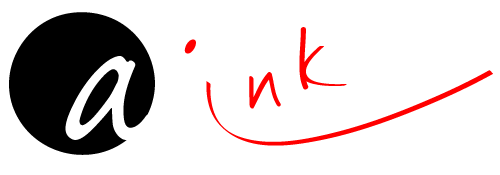courtesy: ashaINK LLC @ University of Florence Ag School
$18 Billion will be needed over the next 10 years to reduce food waste by 20%, including $800 Million in private capital.
Yet, food-waste reduction has been treated as a step child in the opportunity space in food-tech with very little VC funding or government backing supporting innovation in this space. While its place in the global sustainability goals remains high, there is no real skin being added to the game of inventive techniques for waste management and prevention.
The reasons for this are not unambiguous -
High Capex Ventures:
Waste management of any kind requires research, equipment and operational costs that are seemingly disproportional to the near term revenue potential.
Change is very difficult, especially, along the supply chain:
Often food supply chain is optimized for efficiency and introducing any new parameter typically has unabsorb-able cost implications for the existing players, creating resistance.
Invisible growth path or high breakeven cycles:
While food waste reduction is a net positive impact goal, much of that is social and environmental rather than economic. Startups have struggled to show a visible and clear monetizing channel that has high growth patterns sought by private capital.
source: food waste report
Hence, projects in this space look more suited for project finance and traditional bank loans rather than rapid return focused private funding. Yet, there is tremendous opportunity in the space to create a win-win equation for entrepreneurs, funders and the environment. The opportunities lie in understanding where within the range of possibilities may lie hidden gems that can display a tangible and immediate future accessible revenue pipeline. Largely, these involve initiatives that embrace wasted food as an asset, can mobilise and commercialize it with the sustainable goal acting as a causal effect.
Areas where we think opportunity can be found include -
B2B: Create tangible bottom line value through waste prevention
49% of companies cannot provide data on waste they disposed
Food businesses have a high cost association to food waste. Many food service business are not optimized in the operations and that presents an opportunity to deliver value through simple system enhancements. Software and hardware ideas that can streamline operations for small and medium food service businesses have a strong revenue channel. Operators such as Blue Cart can enable such management.
Large grocery stores and food carriers typically do avoidable waste to a minimum through optimizing algorithms. Yet, waste created from product that does not sell, too delicate or otherwise unavoidable present an opportunity for disruptions without genetically modifying the product. For example, a better packaging solution can preserve delicate and easily bruised items for longer during transport. Another area of interest is in food service. Restaurants can see high impact in their margins and
- Recent research in using organic matter, such as, mycelium, into making sustainable and enabling packaging material is promising.
- Restaurant operations technology companies, such as, Blue Cart and Salido are relevant where waste is managed as a consequence.
- Measure food that is actually wasted and provide analytics on the data that highlights areas of improvement and how. Like Winnow. A challenge that many companies face in accurately measuring and tracking food waste.
- Embedding with existing investment in the food manufacturing industry goals and areas of interest.
Repurposing by-products for consumer consumption
source: Food waste Alliance
Animal feed and land application receive the largest percentages of diverted food waste with 84% of waste diverted to these two destinations, primarily from the manufacturing sector. By products from small and medium businesses such as coffee roasters, micro breweries, cheese makers have recent enhanced interest where the 'waste' is being repurposed in to packaged goods that are relevant to the consumer market. An example of this is at-home mushroom kits, and more recently, coffee flour.
These will continue to provide added value, particularly, as the whole product solution emerges, beyond the home kits. Creating a scalable service will build out intermediary services, such as logistics providers, equipment financing and manufacturers and optimized packaging for shipment of wet and dry waste.
Consumer Technology for Food Waste Prevention
Source: ReFED Food Waste Report
Not surprisingly, this will be the segment with the greatest growth opportunity given an increasing awareness and availability of matching technology. With increasing adoption and mass deployment if IoT enables appliances, smart remote monitoring, maximization of data towards usability, there is a wide array of opportunity to prevent waste before the point of no return. From technology innovation such as active packaging (Bluapple), sensor activated systems, to experiential innovations such as image recognition based, learning systems that provide recipes and creative ideas for food-on-the-counter use to advance notifications of at-risk produce, there is a number of applications in this space that have a high ROC.






